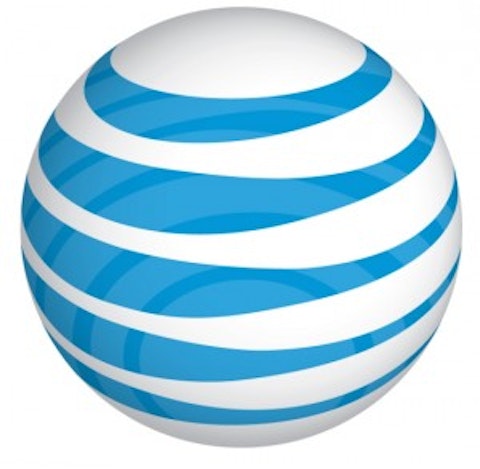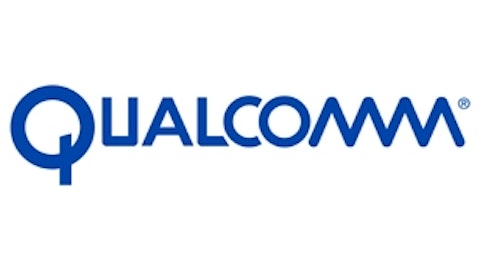
Costs are half of the equation
AT&T reported that the expenses associated with higher smartphone selections by its customers drove net income down 2.1% this quarter. However, the higher revenue for each smartphone should offset the increased costs over time.
Rising revenue is good, but cash is king
AT&T Inc. (NYSE:T)’s revenue increased by 1.6%, or $600 million, to $32.1 billion this past quarter from the year-ago period. The wireless business was up 5.7% on smartphone sales, and the wire-line business was up 2.4% on additional U-Verse subscribers.
Verizon Communications Inc. (NYSE:VZ) increased its consolidated revenue by 4.3% and increased EPS by 14.1% year-over-year. The main drivers of this growth were FiOS add-ons and an increased number of wireless devices.
These increases lead to a strong free cash flow position at both telecoms. AT&T generated $9.5 billion in free cash flow from operating activities, and returned more than $5.7 billion to shareholders via repurchases and buybacks. Verizon also generated $9.5 billion in free cash flow, and reduced debt outstanding by $2.6 billion.
Smartphone saturation
This past quarter, AT&T Inc. (NYSE:T) had 88% of postpaid-phone sales registered as smartphones. This is concerning for future revenue growth in the wireless business for both AT&T and Verizon Communications Inc. (NYSE:VZ). These two companies have been relying on the mobile-phone growth engine to fuel their earnings and free cash flow, and market saturation could lead to shrinking margins. As carriers run out of new customers, they will start to compete on price.
This saturation is bad news for companies like Apple Inc. (NASDAQ:AAPL), which are now competing against other manufacturers for the same number of customers. But, it is good for one company – Google Inc (NASDAQ:GOOG) . Google makes its bread and butter by having smartphones connect to the Internet and use its search engine. Google doesn’t care about the manufacturer of the phone, so long as users use its search features.
Verizon and AT&T Inc. (NYSE:T) currently have 10.5% and 9.5% net profit margins, respectively, and both pay out nearly 60% of free cash flow in dividends. Verizon Communications Inc. (NYSE:VZ) has a yield of 4.1% and AT&T has a dividend yield of 5.1%
The key differences between AT&T Inc. (NYSE:T) and Verizon are in their dividend and company structures. AT&T is a wholly owned wire-line and wireless company, whereas Verizon Communications Inc. (NYSE:VZ) owns its wire-line assets, but only half of Verizon wireless. Verizon shares the wireless assets with Vodafone Group Plc (ADR) (NASDAQ:VOD) on a 55%/45% basis.
U-Vers & FiOS
AT&T Inc. (NYSE:T)’s U-Verse and Verizon Communications Inc. (NYSE:VZ)’s FiOS are making up larger and larger parts of their businesses. The U-verse segment at AT&T now makes up one-half of revenue from one-third last year, with over 9.4 million subscribers.





